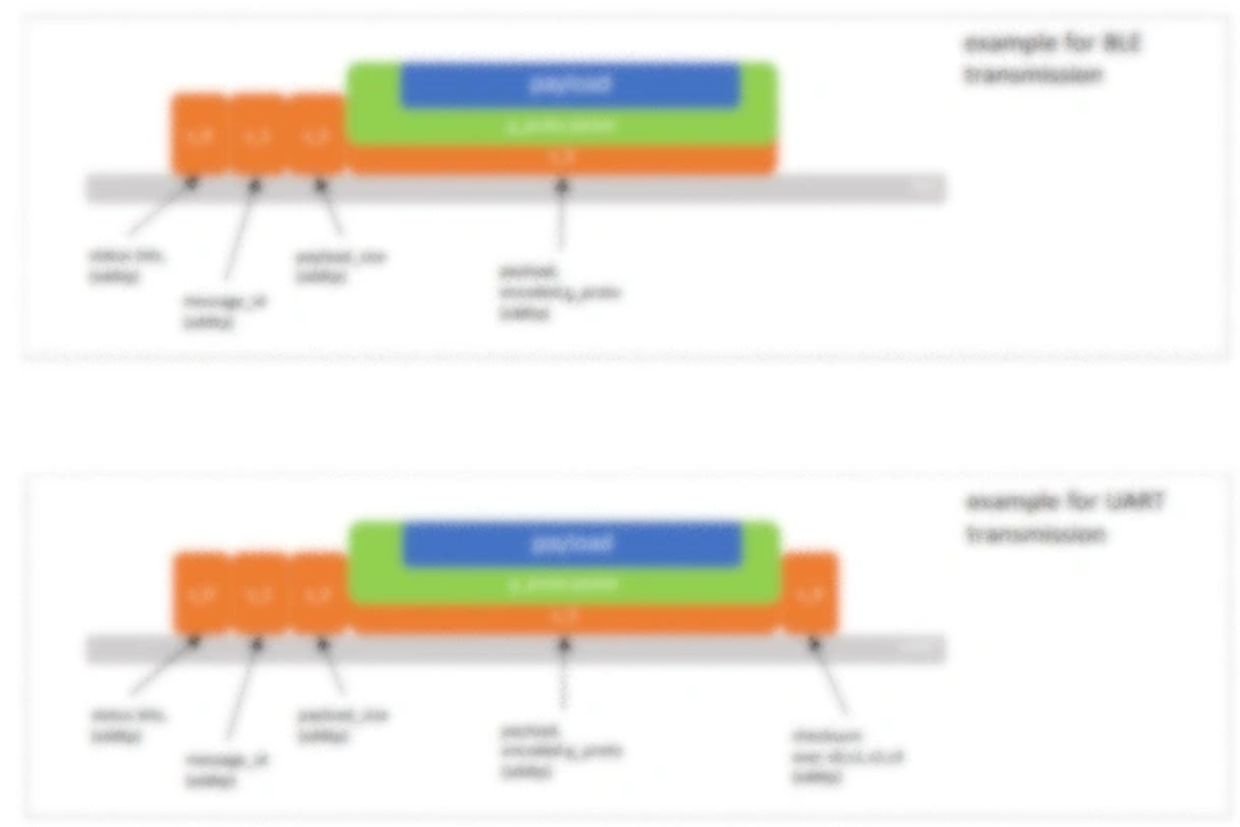Bluetooth, 2.4GHz HW and SW development
Over the past years, we have accumulated a lot of experience in developing radio devices in the 2.4 GHz range. Many of these devices are now available on the market under different brands. We have developed them from the concept stage to the launch of mass production. This has allowed us to study in detail most of the problems associated with development and production, as well as to find solutions to these problems.
Standard requirements for the products we developed:
- small power supply (15-220 mAh)
- small size of the device (for example 10 by 20 mm)
- low cost of the device (2-4 Euro for the assembled PCB and power supply)

What is important to consider at the concept and hardware design stage:
- The size of the printed circuit board may be limited by the size of the battery,
- It is necessary to provide sufficient space for the antenna,
- If using a 2-layer design it is important to avoid long tracks (avoiding interference from the high-frequency generator),
- The feeder line must be designed correctly to avoid large parasitic capacitance,
- High-quality grounding of the high-frequency crystal, to avoid harmonics,
- Test points, even if they are small, require space on the board. Without them, automatic testing is impossible in mass production.
- If possible, it is worthwhile to evenly distribute test points over the surface of the board. This will distribute the load created by the test pins during production.
- The indent from the edge of the board takes up quite a lot of space. Without it, mass production is impossible.
- The outer edge of the board will not be perfect. You will not get ideal inner corners, because they are made with a round milling bit.
- Straight lines of the outer contour of the board are easier to produce and cheaper,
- Keep in mind that in places where the board is attached to the case, high pressure can be applied to the board. It can bend the board. Perhaps you may want to choose a larger PCB thickness for this reason.


Things to consider at the concept and software design stage of such devices (not taking into account standard software development practices):
- Your toolchain will largely depend on the chip manufacturer,
- Consider whether you need to use object-oriented programming. In most cases, when working with small embedded systems, this is not necessary,
- Will you need an RTOS,
- Will you need software development tools compatible with your client's development tools,
- Most likely, you will need to use a finite state machine. Make it flexible. This will help you make changes to the logic without reworking the basic architecture.
- Agree on code and state machine documentation with the customer. Without good documentation, your code becomes extremely expensive to maintain.
- Use all possible debugging interfaces. You will need them. Including debugging at the hardware level, for example, measuring current consumption or debug pins. Often this is the only available way (for example, in sleep mode).
- Use licensing to protect your code from copying.
- If memory size allows, include test code in the product code. This will save time and money at the production stage.
- Find out which standards (for example, encryption) are mandatory for use in your particular case.

We also have experience in developing individual protocols based on the Bluetooth and other data transfer protocols. In this case, Bluetooth or other protocols are used as a transport that allows bits to be transferred both ways. All additional logic is built at a higher level. This approach allows avoiding the limitations of a particular protocol.
